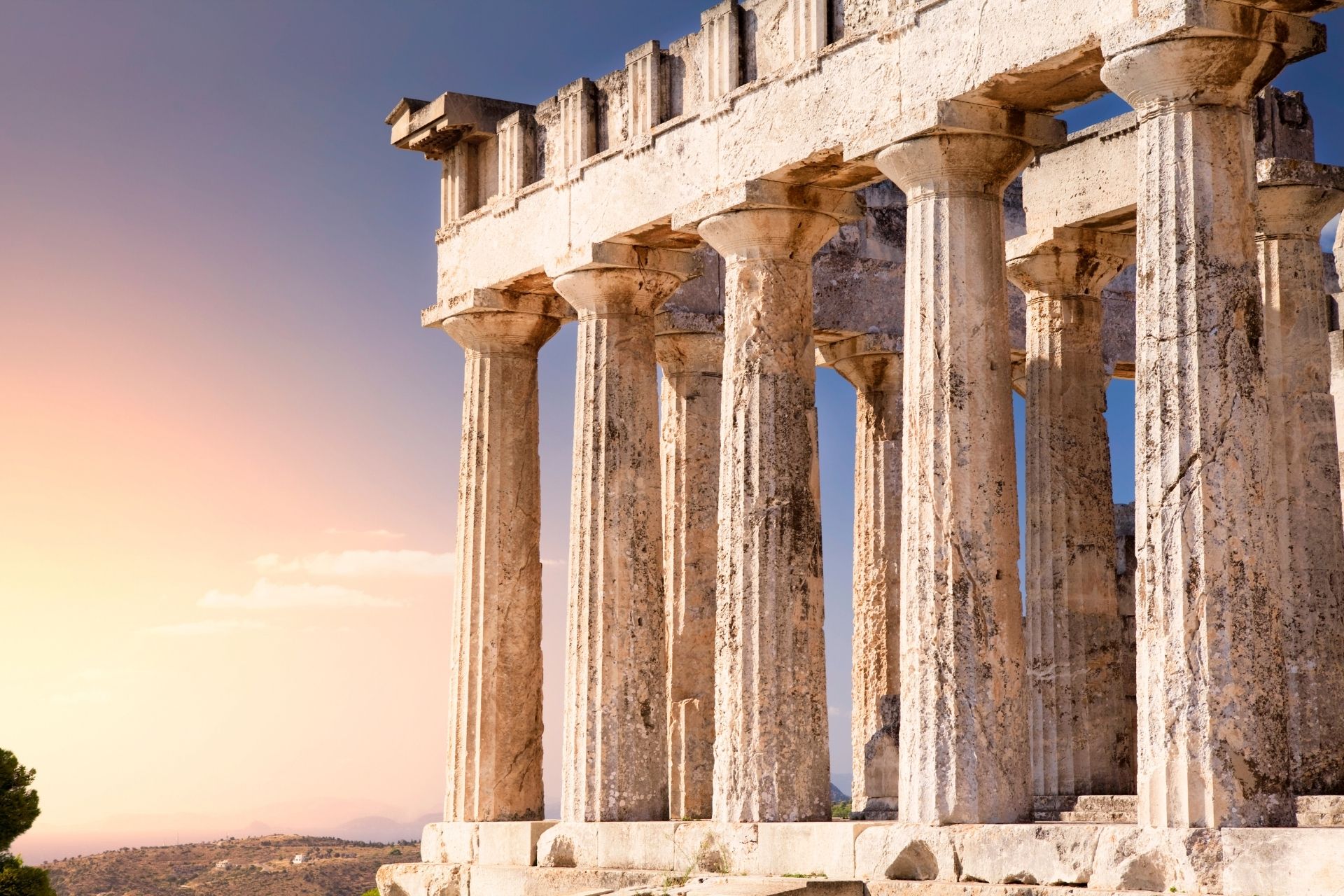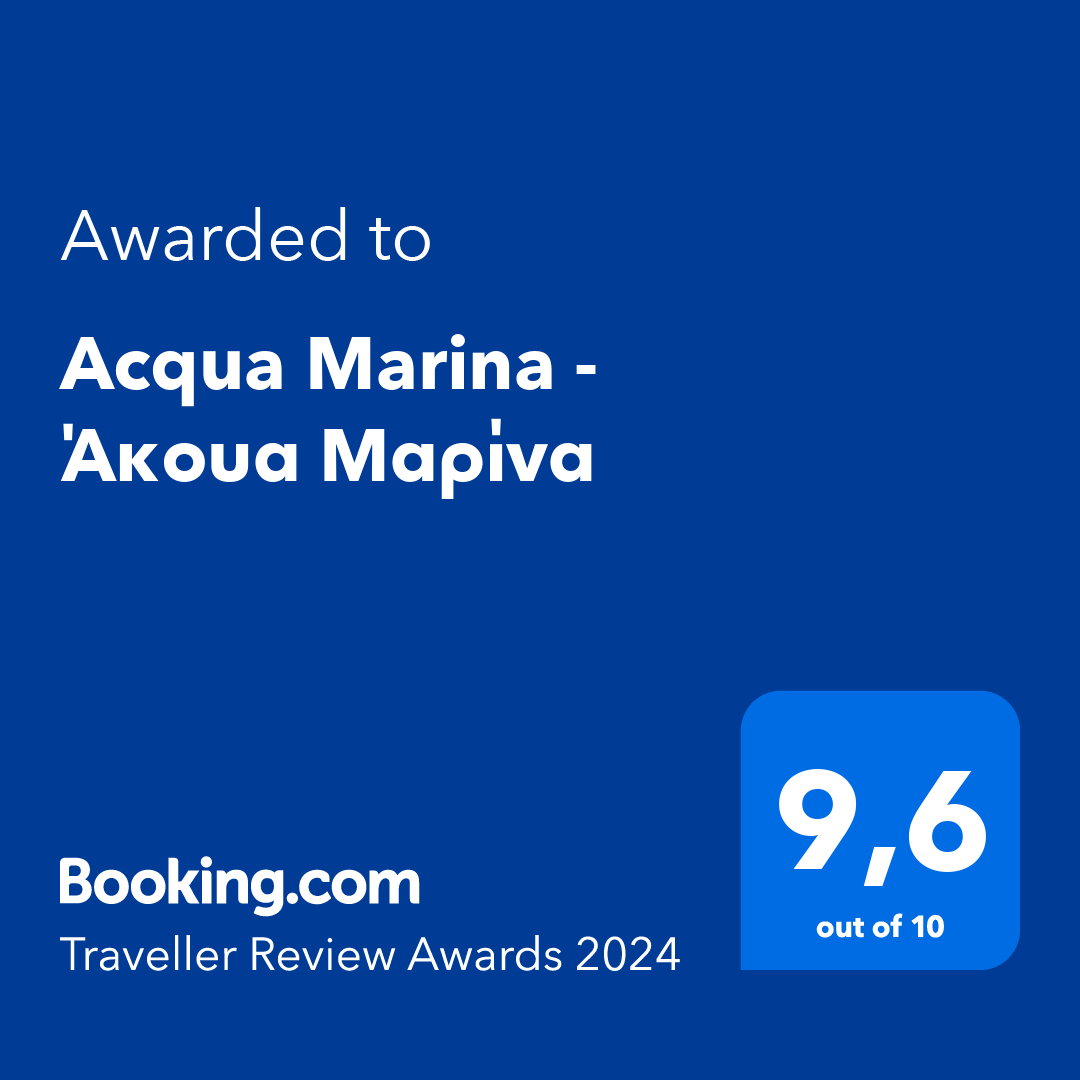Travel tips
During your stay in Aegina there are some tips we advice to follow, if you want to enjoy Aegina secrets like a local.
Don’t miss:
- to eat the fresh pistachio nut, right from the tree at the end of August.
- to taste KATSOULA fish, fried in butter…this fish you can find only in very few seas, including the sea surrounting Aegina.
- to visit the “Fistiki Fest” festival at the end of September, every year.
- to make a tour to Moni island midweek (weekends is very busy) carring pop corn and slices of bread to feed the wild deers and peacocks at the beach.
- to taste Pistachio Ice Cream cocktail (make of alcohol brand name drinks combination) at Barracuda Beach Bar.
- to visit Agios Nektarios Monastery.
- to check the events of Folklore museum in Aegina.
- to buy a traditional terracotta jug with the flower (kept the water cool for the workers at the beginning of 20th century.
- to watch one of the latest hit movies at a traditional open summer cinema.
- To play beach volley IN the sea, at Agia Marina beach in front of Barracuda bar.
- To watch the full moon at Agia Marina and the sunset at Aegina.
Temple of Aphaea
The Temple of Aphaia or Afea is located within a sanctuary complex dedicated to the goddessAphaia. It stands on a c. 160 m peak on the eastern side of the island approximately 13 km east by road from the main port, next to Agia Marina holiday village. The sanctuary is also 29.5 km southwest of the Acropolis of Athens, which is visible across the gulf on a clear day.
Aphaea was a Greek goddess who was worshipped exclusively at this sanctuary. The myth says that Afea was the name of a Cretan woman of unsurpassed beauty. After escaping an unwelcome marriage on Crete, she was rescued by a fisherman from Aegina. In payment for this he also proposed an unwelcome marriage. So Afea headed out of Aghia Marina towards the mountain top where she vanished at the current site of the temple, where it is said that the fisherman established a shrine believing Afea to have been taken by the gods.
The Temple site is indeed a special place with an atmosphere of tranquility and beauty. The sunlight reflects upon the ancient pale columns and one cannot help but be impressed by a sense of our small place in the great passage of time. What is more the Temple is positioned an equal distance from the Acropolis in Athens and the Temple of Poseidon at Cape Sounion. These three great and magnificent Temples form a triangle between North, East, and South.
The extant temple of c. 500 BC was built over the remains of an earlier temple of c. 570 BC, which was destroyed by fire c. 510 BC. The elements of this destroyed temple were buried in the infill for the larger, flat terrace of the later temple, and are thus well preserved. Abundant traces of paint remain on many of these buried fragments. There may have been another temple in the 7th century BC, also located on the same site, but it is thought to have been much smaller and simpler in terms of both plan and execution. Significant quantities of Late Bronze Age figurines have been discovered at the site, including proportionally large numbers of female figurines (kourotrophoi), indicating – perhaps – that cult activity at the site was continuous from the 14th century BC, suggesting a Minoan connection for the cult. The last temple is of an unusual plan and is also significant for its pedimental sculptures, which are thought to illustrate the change from Archaic to Early Classical technique. These sculptures are on display in the Glyptothek of Munich, with a number of fragments located in the museums at Aegina and on the site itself.



